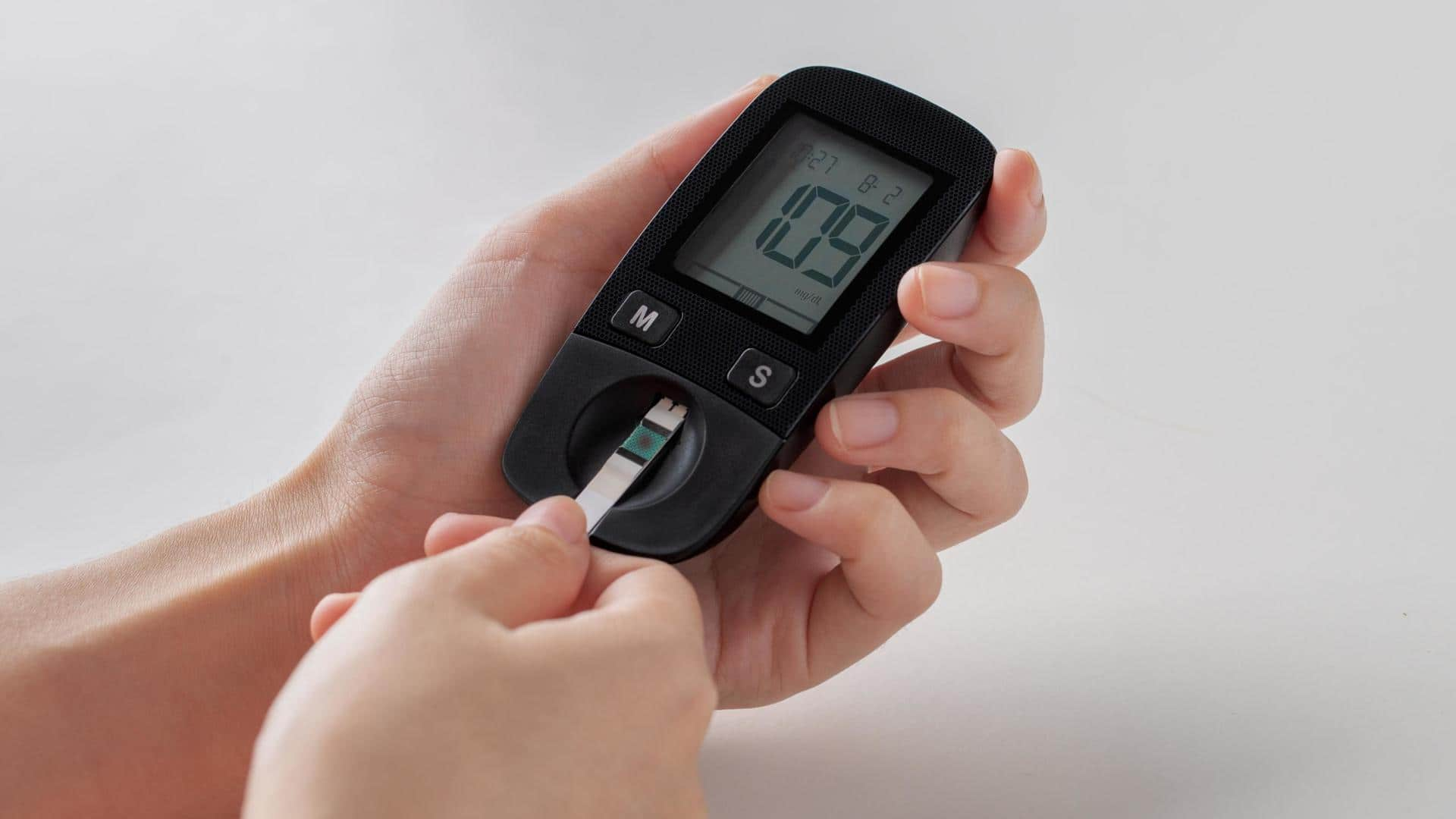
Warning signs of diabetes that appear on your skin
What's the story
About one-third of people with diabetes may experience skin problems like skin sores or leg rashes. When diabetes affects the skin, it's usually a sign that your blood sugar levels are too high. This could mean you have undiagnosed diabetes or prediabetes, or your diabetes treatment needs adjustments. If you see any warning signs on your skin, it's important to talk to your doctor.
Necrobiosis Lipoidica
Yellow, reddish, or brown patches
This skin condition begins with small raised bumps that look like pimples. As it develops, these bumps turn into patches of swollen and hardened skin, which can be yellow, reddish, or brown. The affected area may have a shiny appearance and visible blood vessels. It can cause itching and pain, and the condition goes through cycles of activity and inactivity.
Diabetic Dermopathy
Shin spots
This skin condition causes small spots that create a slight depression in the affected area. Usually, it appears on the shins but can also show up on the arms, thighs, or other body parts, though this is rare. Many people confuse them with age spots because they look similar, but unlike age spots, these spots tend to fade away after 18 to 24 months.
Dryness
Dry itchy skin
If you have diabetes, you are at a higher risk of experiencing dry skin. This is primarily because elevated levels of blood sugar (glucose) can lead to dehydration, which in turn causes the skin to become dry. When blood sugar levels are consistently high, it affects the body's ability to retain moisture, making the skin more prone to dryness.
Acanthosis Nigricans
Velvety dark skin
If you notice a dark and velvety patch or band of skin on the back of your neck, armpit, groin, or other areas, it could be a sign of having too much insulin in your blood. This skin condition is often associated with prediabetes. It's essential to pay attention to such changes in your skin as they might indicate an underlying health concern.
Diabetic Bullae
Blisters
Although rare, people with diabetes can see blisters suddenly appear on their skin. These blisters can vary in size and may appear individually or in clusters. They are most commonly found on the hands, feet, legs, or forearms. These blisters can resemble the ones that form after a severe burn, but the difference is that they are not painful.